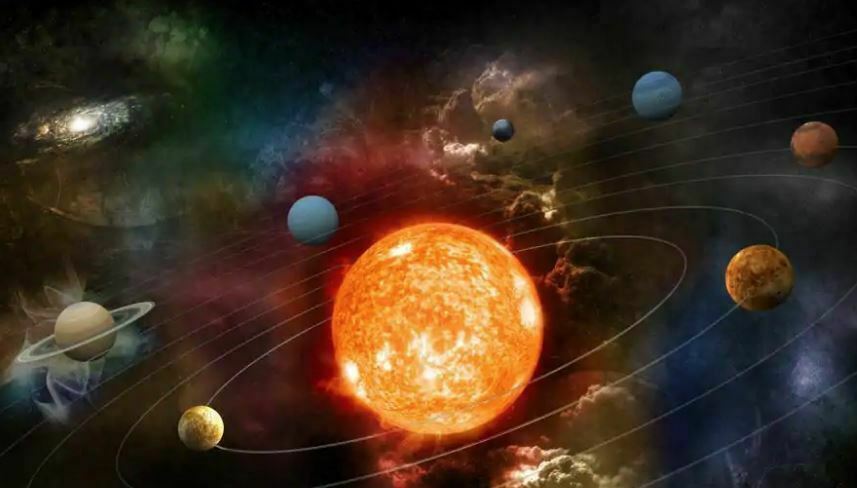Astronomers have observed an ultra-hot giant planet in the constellation of Pisces where they suspect it rains iron, a finding that may lead to better ways of studying the climate of the most extreme planets outside the Solar System.
According to the researchers, including those from the University of Geneva in Switzerland, the giant exoplanet WASP-76b is at a distance that would take even light 640 years to reach the Earth, and has a day side where temperatures climb above 2400 degrees Celsius — high enough to vaporise metals. The study, published in the journal Nature, noted that strong winds carry iron vapour to the cooler night side where it may be condensing into iron droplets.
“One could say that this planet gets rainy in the evening, except it rains iron,” said study co-author David Ehrenreich, a professor at the University of Geneva in Switzerland.
The researchers said this phenomenon happens because the ‘iron rain’ planet only ever shows one face — its day side — to its parent star, while its cooler night side remains in perpetual darkness. They explained that like the Earth’s Moon, WASP-76b is ‘tidally locked’, meaning it takes as long to rotate around its axis as it does to go around the star.
On its day side, the study noted, it receives thousands of times more radiation from its parent star than the Earth does from the Sun. The planet is also so close to its star it takes just 43 hours to complete one revolution, the researchers reported in the study.
According to the scientists, this side is so hot that molecules separate into atoms, and metals like iron evaporate into the atmosphere. This extreme temperature difference between the day and night sides results in vigorous winds that bring the iron vapour from the ultra-hot day side to the cooler night side, where temperatures decrease to around 1500 degrees Celsius, the study noted.
The planet also has distinct day-night chemistry, according to the scientists. While they detected the trace of iron vapour at the division between the daytime and the night-time sector of the planet, they did not see any traces of the element in the exoplanet’s dark side, the study noted.
“No signal arises from the nightside close to the morning terminator, showing that atomic iron is not absorbing starlight there. Iron must thus condense during its journey across the nightside,” the scientists noted in the study, marking the first time chemical variations have been detected in a giant ultra-hot planet. “However, suprisingly we do not see this iron vapour at dawn. The only explanation possible for this phenomenon is that it rains iron on the dark side of this exoplanet with extreme conditions” Ehrenreich said.
The astronomers made this first-of-its-kind discovery using the European Southern Observatory’s (ESO) high resolution spectrograph, ESPRESSO, in the Chilean Atacama Desert.
“The observations show that iron vapour is abundant in the atmosphere of the hot day side of WASP-76b,” said María Rosa Zapatero Osorio, another co-author of the study from the Centre for Astrobiology in Spain.
“A fraction of this iron is injected into the night side owing to the planet’s rotation and atmospheric winds. There, the iron encounters much cooler environments, condenses and rains down,” Osorio added.
The scientists noted in a statement that ESPRESSO — the Echelle SPectrograph for Rocky Exoplanets and Stable Spectroscopic Observations — was originally designed to hunt for Earth-like planets around Sun-like stars. “We soon realised that the remarkable collecting power of the VLT and the extreme stability of ESPRESSO made it a prime machine to study exoplanet atmospheres,” said Pedro Figueira, another study co-author and ESPRESSO instrument scientist at ESO.
“What we have now is a whole new way to trace the climate of the most extreme exoplanets,” Ehrenreich said.
(Except for the headline, this story has not been edited by The Kashmir Monitor staff and is published from a syndicated feed.)




